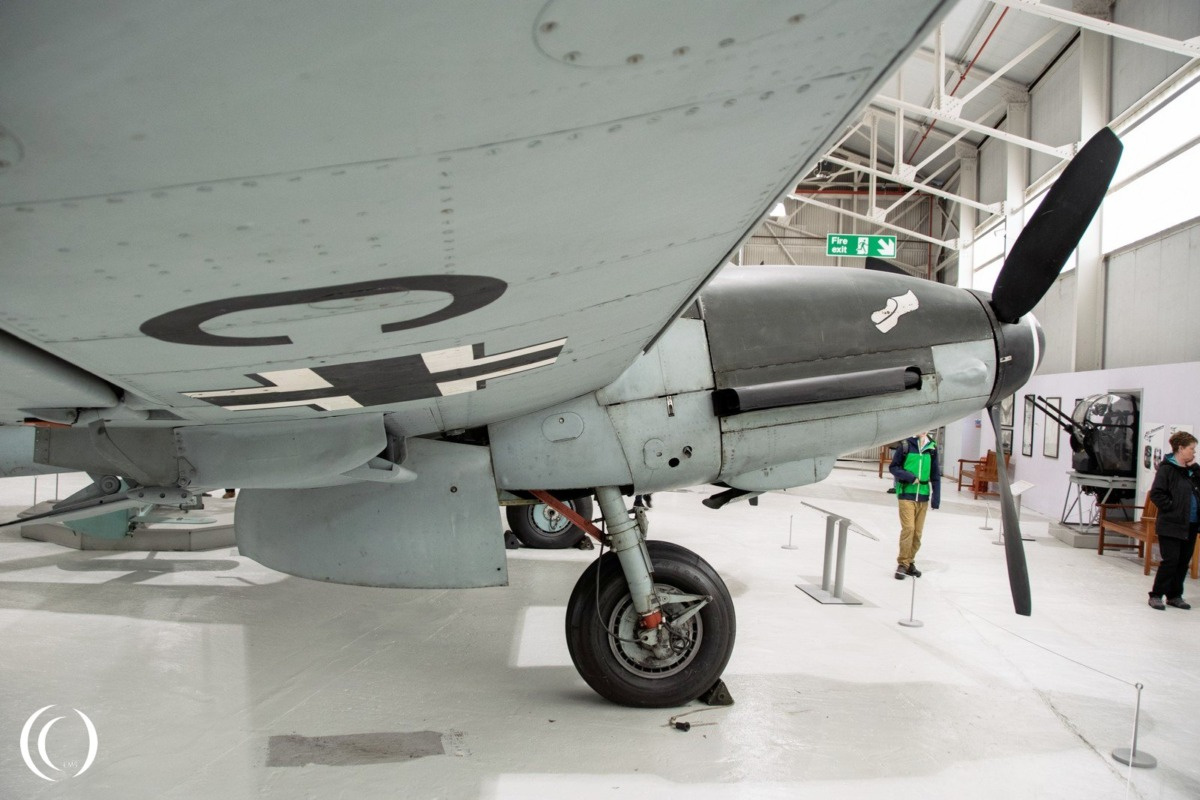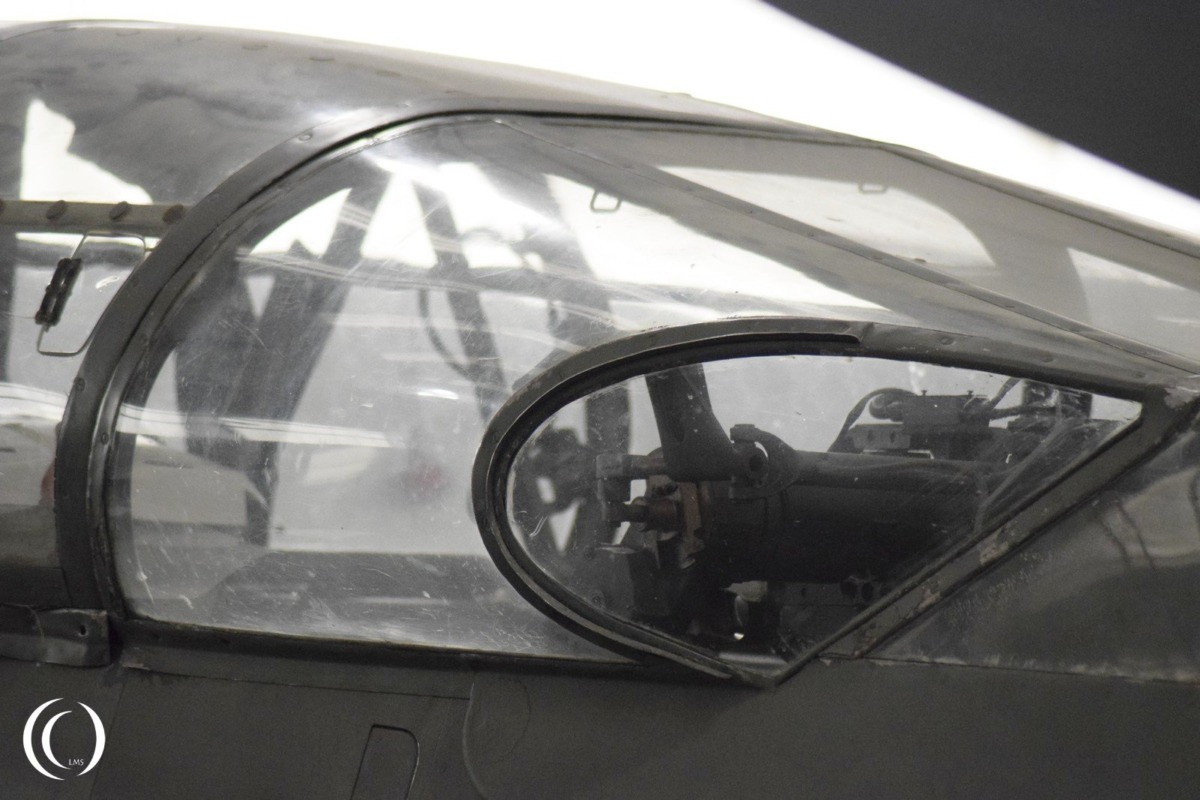
History
The Luftwaffe needed a successor to the twin-engine Messerschmitt Bf 109 heavy fighter. The new heavy fighter (or fighter-bomber) was to be called the Me 210 and work on it began in 1937. Unfortunately, the Me 210 proved unsatisfactory and development was halted in April 1942.
A new start was made with a new type of Heavy-Fighter, in which the experiences of the Me 210 were improved but was kept as base for the new plane. A longer fuselage and the large Daimler-Benz DB 603A engines together with automatic leading edge slats were important improvements that gave the new Messerschmitt 410 good flying characteristics. Its first flight was on 14 March 1942.




The Luftwaffe/Messerschmitt nicknamed the aircraft Hornisse (Eng. Hornet).
The new engines gave the plane almost 300 hp more power per engine (1730 hp each). The DB 603’s in the Me 410 gave the heavy fighter so much more power that it could lift more bombs and cargo in weight than there was room in the bomb hatch. Underwing bombs were added which were no problem for the engines.




The Me 410s were equipped with rear-firing remote controlled machine guns. These Ferngerichtete Drehringseitenlafette (FDSL – Eng. remote-controlled rotating ring side mount) consisted of two 131/1B turrets mounted on each side of the aircraft. Both were equipped with MG 131 machine guns and were controlled by the rear gunner / navigator / radio operator from his seat looking backwards.




Deployment of the Me 410 Hornisse
In January 1943 the Messerschmitts Me 410 were delivered to the Luftwaffe units and they were immediately deployed to the Channel Islands, Jersey etc. Although the Me 410 could not engage an Allied fighter directly, the Allies found the Me 410 difficult to intercept due to its speed, it had a top speed of 624 km/h (388 mph).
Several models were released, the Me 410A-1 light bomber, the A-1/U1 aerial reconnaissance aircraft, the A-1/U2 bomber destroyer, and the A-2/U4 night fighter.



And several weapons were tried out, such as a 5 cm tank gun from the Panzer III and a six barreled gatling gun concept with six 21 cm rockets. Both were placed in the bomb bay under the fighters nose to engage Allied bombers. The 21 cm Werfer-Grenate were also used in a underwing setup, two under each wing.
The 5 cm BK-5 Cannon (BK is Bordkanone Eng. On-board cannon) was derived from the 50 mm KwK 39 L/60 Panzer III gun and had 22 rounds of ammo. This gave the Me 410 a reach of 914 meters (1000 yards) on the allied bombers, out of reach of their machine guns.




There are only two Messerschmitt Me 410 aircraft that still exist today. One is in the RAF museum in Cosford in the United Kingdom, the other in the National Air and Space Museum in the United states. In Cosford is the Me 410 A-1/U2 bomber-destroyer with Werknummer/ Construction number 420430. It was built in August 1943 in Augsburg, Germany with Luftwaffe designation 3U+CC. It was captured in Vaerlose, Denmark in May 1945. The Me 410 Hornisse wears the red and black shield of ZG 26 Horst Wessel on its nose and has both MG 131 barbettes on the fuselage. (ZG 26 is an abbreviation of Zerstörergeschwader 26 – Eng. Destroyer squadron 26).
Eventually production was cancelled to concentrate on the BF 109 fighter planes. The Me 410 was used as night fighter vs allied bomber formations and reconnaissance. By then 1160 Messerschmitt Me 410 Hornisse heavy fighters were built.







Technical specification on the Me 410 A-1/U-2
The Me 410 was 12,48 meter long and had a wingspan of 16,35 meters. It had a crew of 2 Luftwaffe members, a pilot/ gunner and a navigator/ radio operator/ rear gunner. It was 4,28 meters high and weighed (empty) 7518 kilograms. With its fuel capacity of 2500 liters it could fly 1690 kilometers at economical cruise speed, 1200 kilometers at maximum continuous cruise speed.
Two Daimler-Benz DB 603A V12 engines with three bladed propellers gave it a cruise speed of 587 km/h and top speeds of 507 km/h at sea level and 624 km/h at 6700 meters. Its service ceiling was 10 kilometers.




The Messerschmitt Me 410 A-1/U-2 was armed with two MG 17 machines firing forward (1000 rounds each), two 20 mm MG 151/ 20 cannons firing forwards (350 rounds each), two 20 mm MG 151/ 20 cannons firing forwards from the bomb bay (250 rounds each) and two MG 131 machine guns firing to the rear from their remote operated turrets on each side of the plane (500 rounds each). It carried four 21 cm Werfer-Granate rockets and could carry up to 1000 kilograms of bombs.
